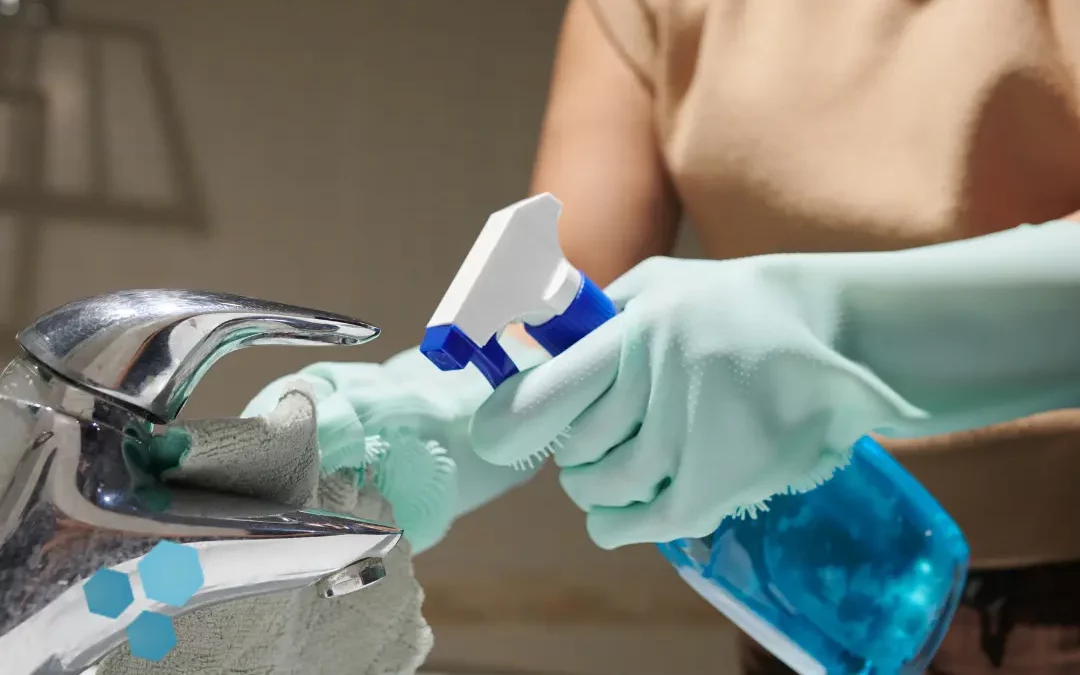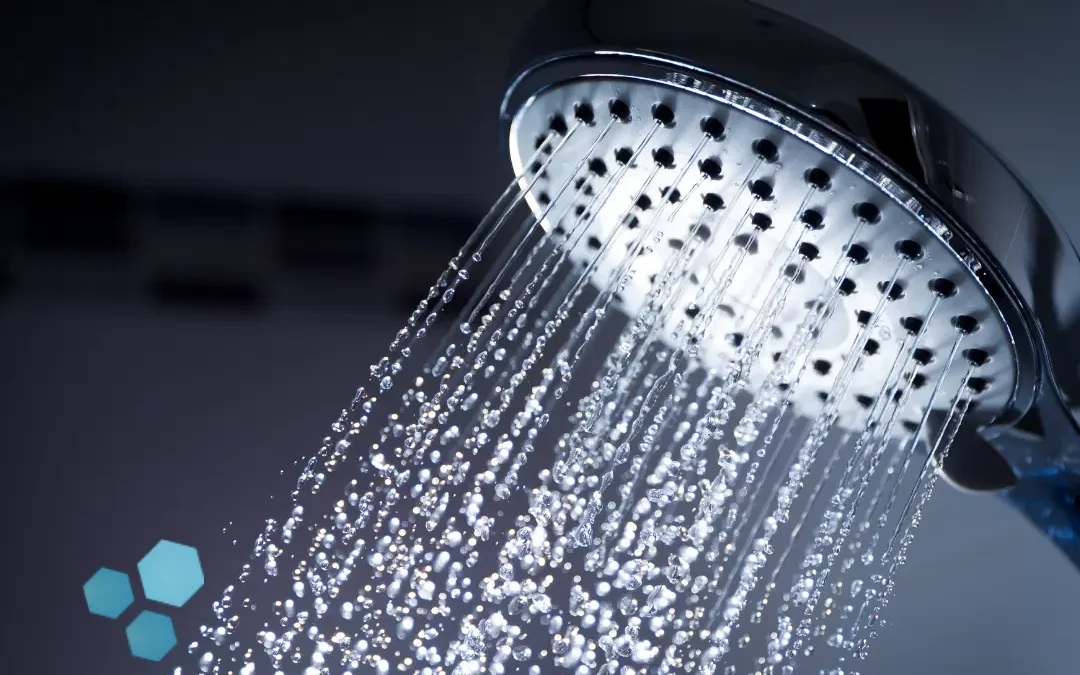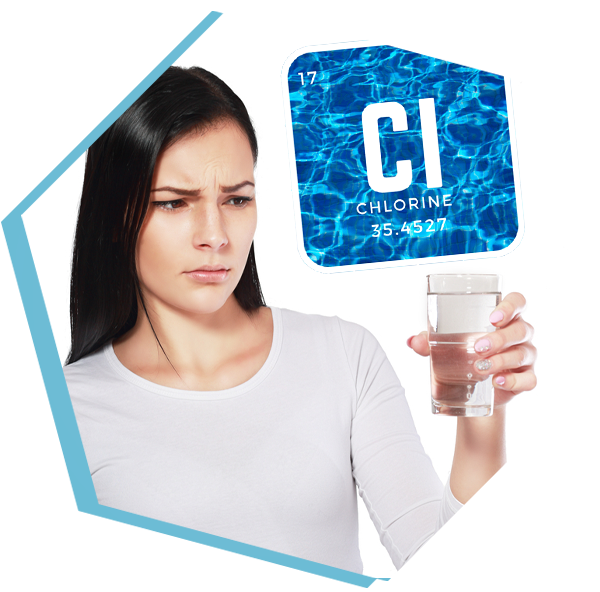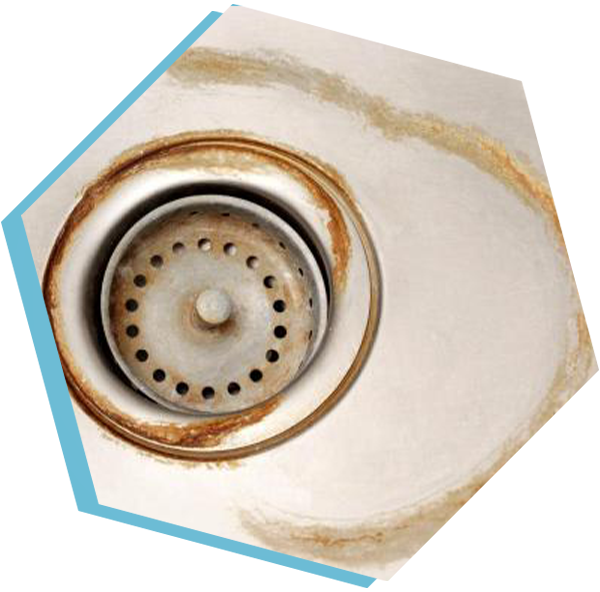pH of Water
pH is important in well water applications since low pH waters can cause corrosion on pipes, fixtures, and appliances. Failure to properly treat low pH (acidic) conditions will result in significant damage to pipes and fixtures. pH is one of the most commonly used water quality parameters in the water treatment industry. It is also one of the single most complex and difficult ones to understand. The reason for this is that while most water quality parameters are based on simple measurement of mass concentrations pH is a mathematical expression not based on simple weights of contaminants. We are all familiar with this type of measurement just in daily living. In cooking we get directions like 2 tablespoons of baking soda mixed with 1 quart of water etc. This is pretty much the same type of measurement used in ordinary chemical measurements such as parts per million. 1 ppm means that 1 part of the subject chemical is present in a million parts of water. Or, more precisely, 1 part of solute to a 999,999 parts of solvent.
pH is however a different type of mathematical expression. It is one based not on a simple weight measurement but on a mathematical expression called logarithms. For the moment let’s not get bogged down in technical details. Instead let’s take a look at the basic concept of pH.
Understanding pH
The description that follows is not precisely correct but is the easiest way to understand pH. pH is the balance between the acidity and the basicity of the water. Imagine a balance beam with the beam balanced on the horizontal. In the pivot point of the balance beam is an indicator that goes from 0 to 14. When balanced the indicator reads 7. This means that the water has an equivalent amount of acid and base. pH is not predicated on how much acidity or alkalinity the water has but on the balance between the acidity and the alkalinity. A given water could have 40 ppm of alkalinity and have a pH of 7 meaning that an equivalent amount of acidity and alkalinity was present. Another water could have an alkalinity of 300 ppm and still have a neutral pH of 7 if it had an equivalent amount of acidity. So you can see that pH is a relative number.
In general the greater the amount of alkalinity that is present in a water at a given pH the more alkali it takes to raise the pH of that water. For example if a water with an alkalinity of 300 ppm had 30 ppm of alkalinity added to it the additional amount of alkalinity would only be 10%. In this case the pH would not change that much. If another water with an alkalinity of 30 ppm had an additional 30 ppm of alkalinity added to it the alkalinity would change by a factor of 100% and the pH would increase dramatically. This is why some waters are easier to treat for acid water conditions than others and one reason why calcite filters have a maximum carbon dioxide level for effective treatment. Failure to completely understand this relationship by the water treatment professional will potentially result in inadequate treatment protocol.
Above I gave a very basic definition of pH. For those looking for the formal definition of pH you will find it here: pH is the negative of the log of the hydronium ion activity. What this means is the pH of 6 is ten time more acidic than a pH of 7. pH 5 is ten times more acidic than pH 6 and 100 times more acidic than pH 7. For those of you familiar with logs you will see that the higher the pH the smaller the amount of hydronium ions in the water. Another way to think of pH is to say that it is the potential for hydrogen (potential Hydrogen)
Another way to look at pH is to say that pH is a measure of how much acidity in the form of the hydrogen ion (H+) is left over after having reacted with all the available hydroxide ions (OH-) in the water.
The pH scale is somewhat similar to the Richter scale used for earthquakes. Those of us in California realize that the difference between 6 and 7 on the Richter scale is a huge amount. The same is true for the pH scale. The difference between pH 6 and pH 7 is significant.
I hope I have answered more questions for you than I have created. As you can see pH is much more than a simple measurement but one which we as water treatment professionals must be familiar with in order to properly apply the various treatment options to effectively and simply deal with acid water conditions.















